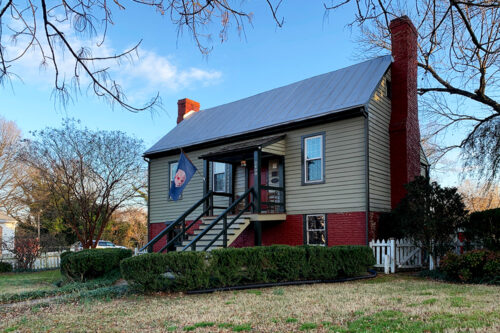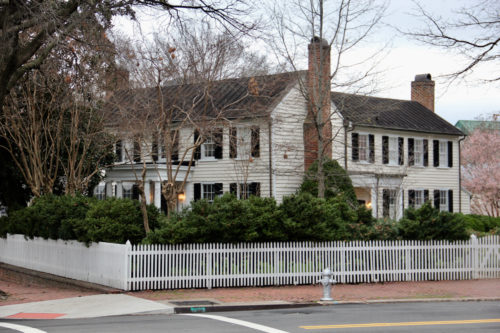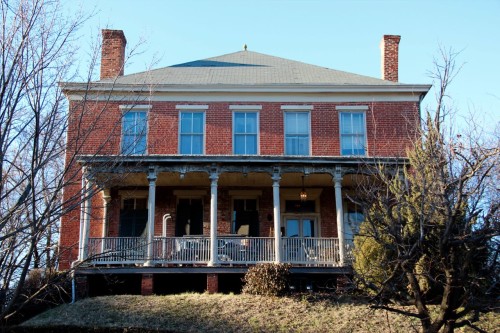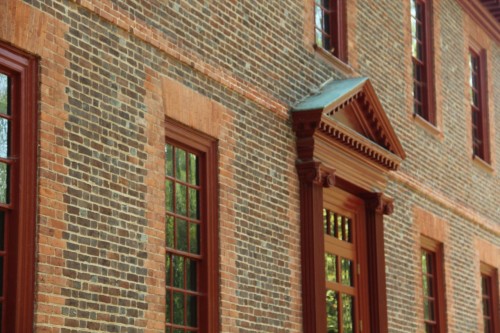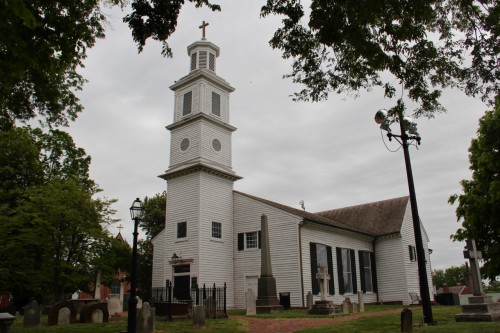Weisiger-Carroll House
Architect/builder unknown Post-1765 2408 Bainbridge Street This one and a half story frame house set upon an English basement in the Swansboro neighborhood, a suburb of what was the City of Manchester from 1769-1910, is the essence of simplicity. Well, almost. The original three-bay front facade that contained a central front door flanked by …

